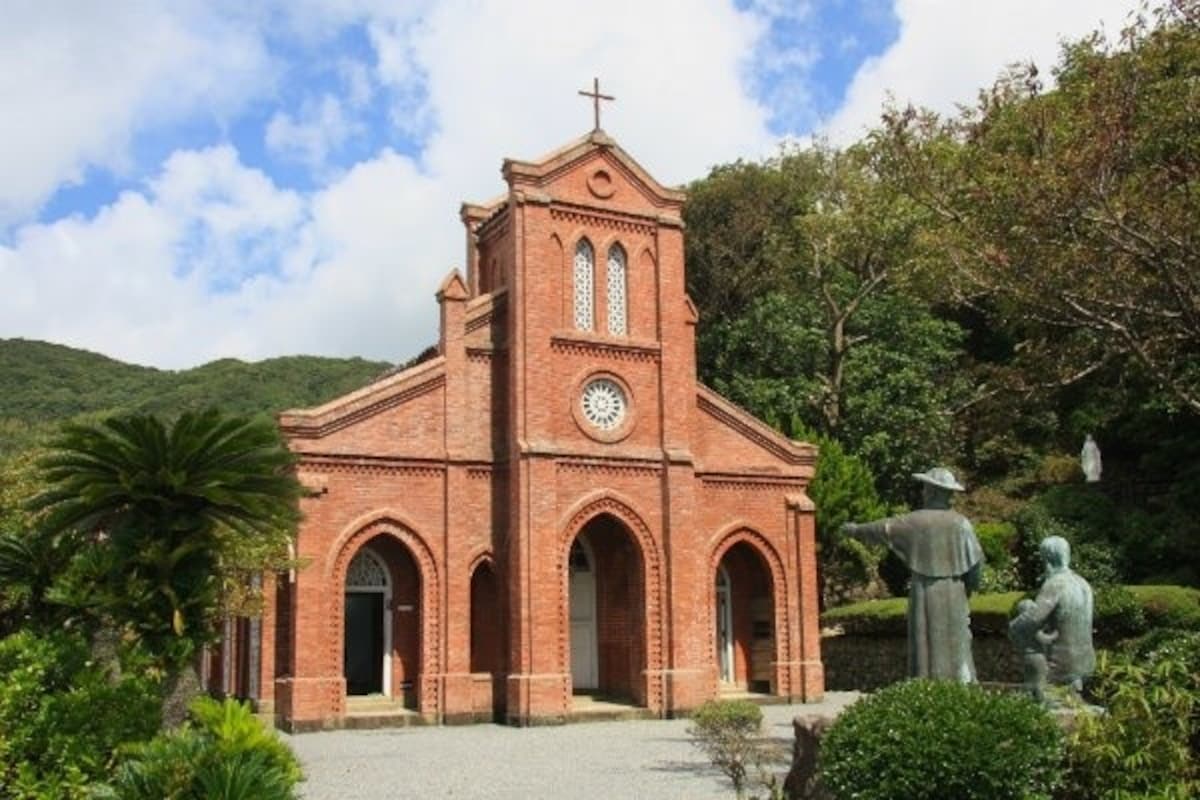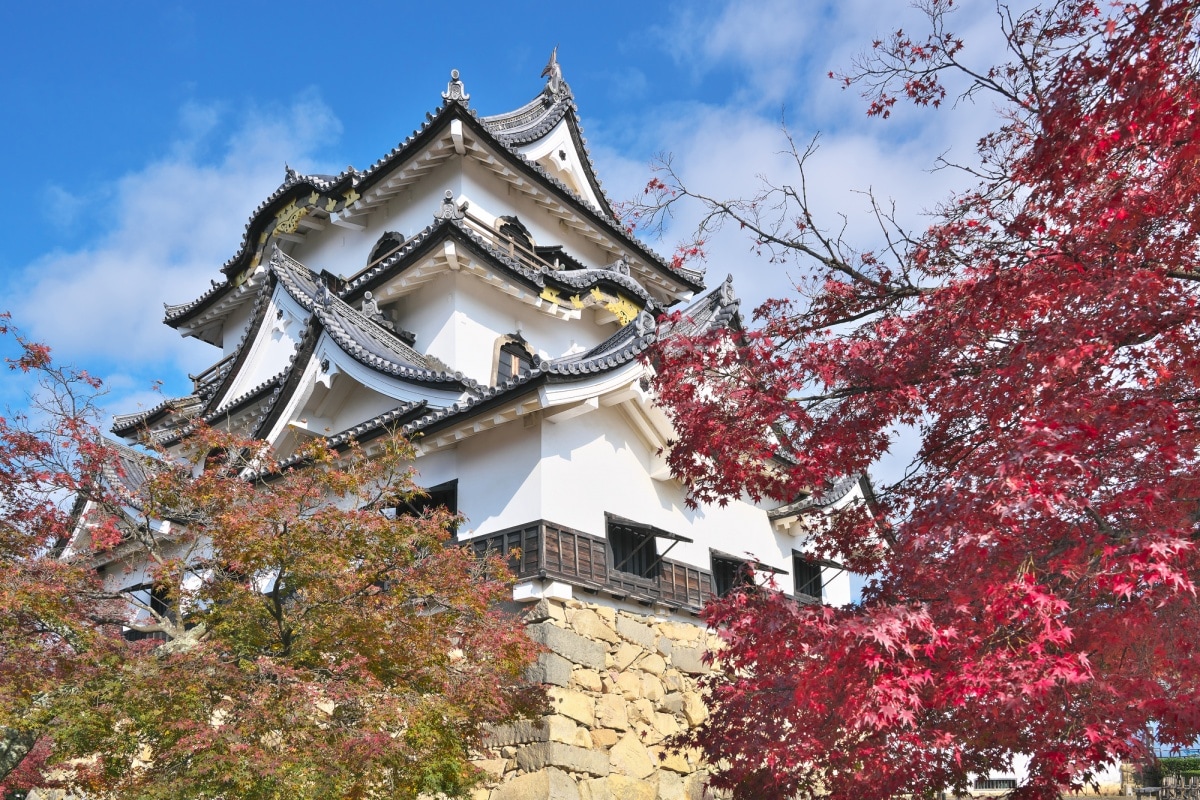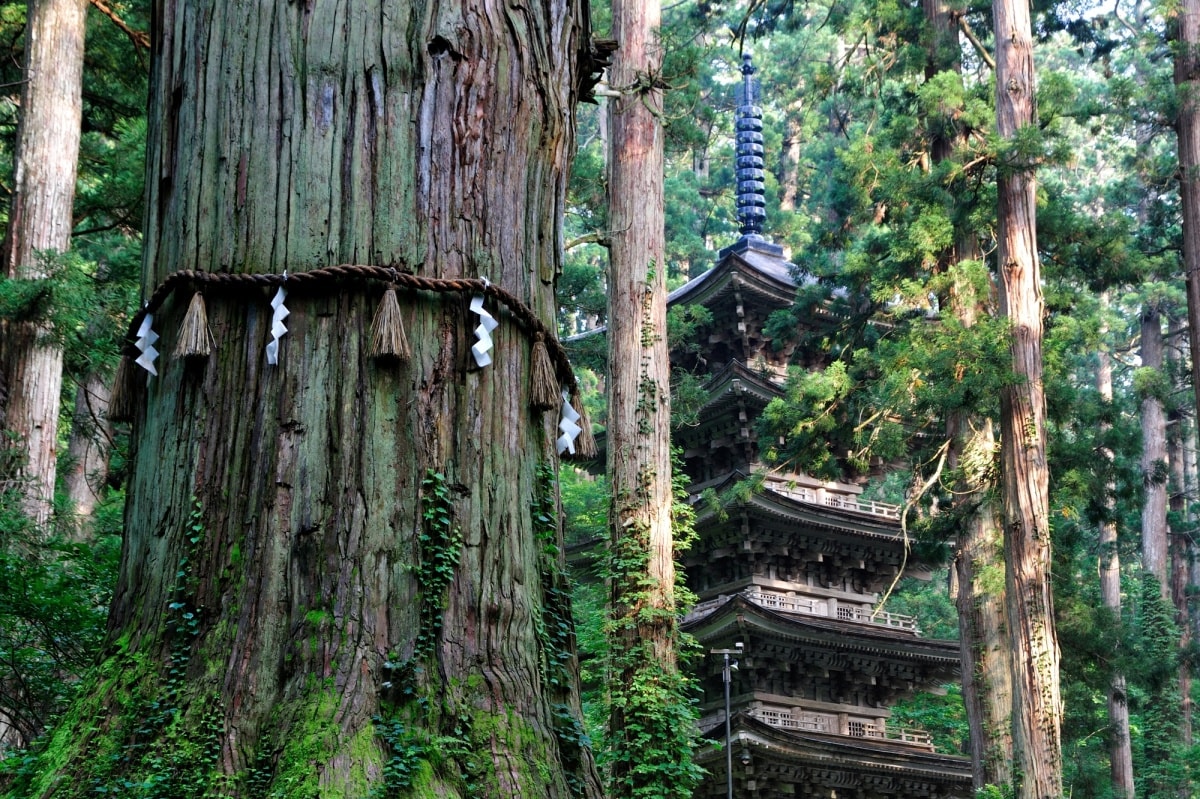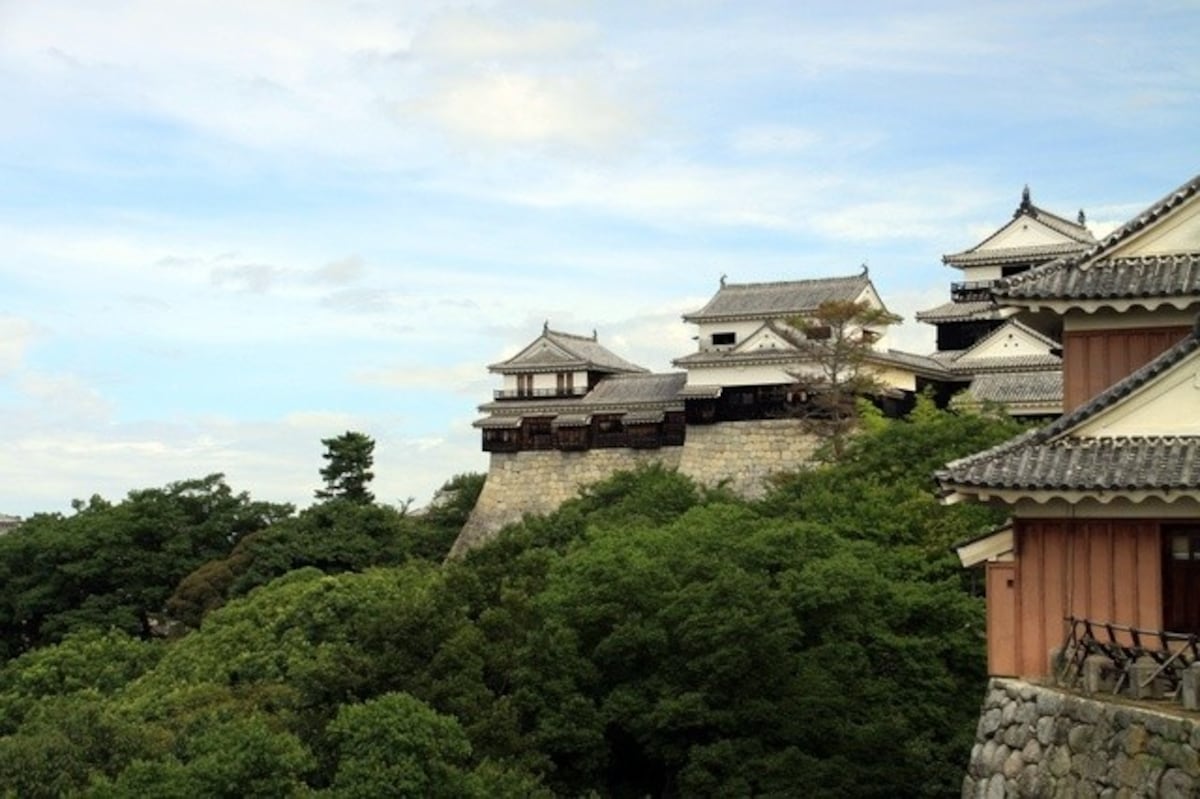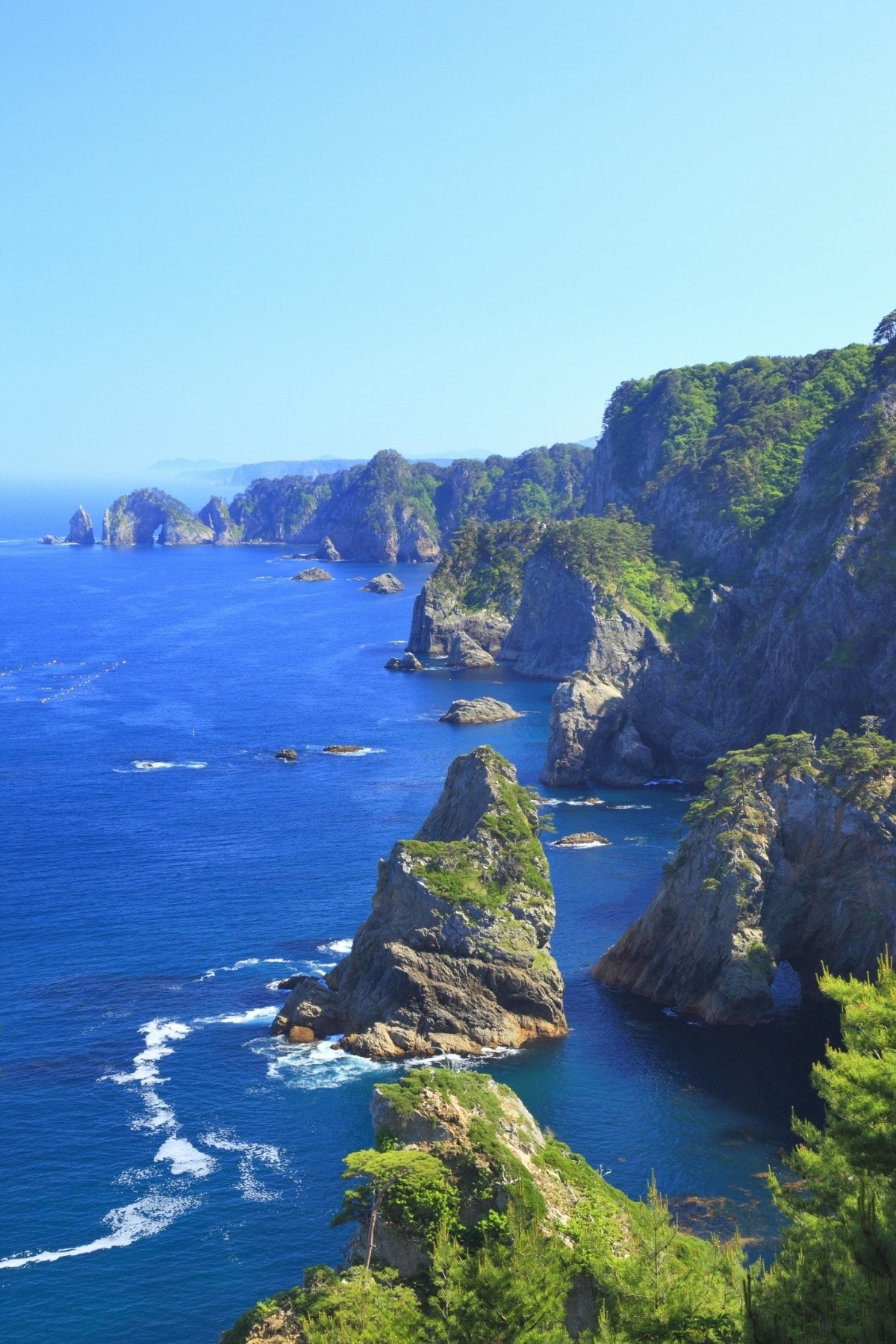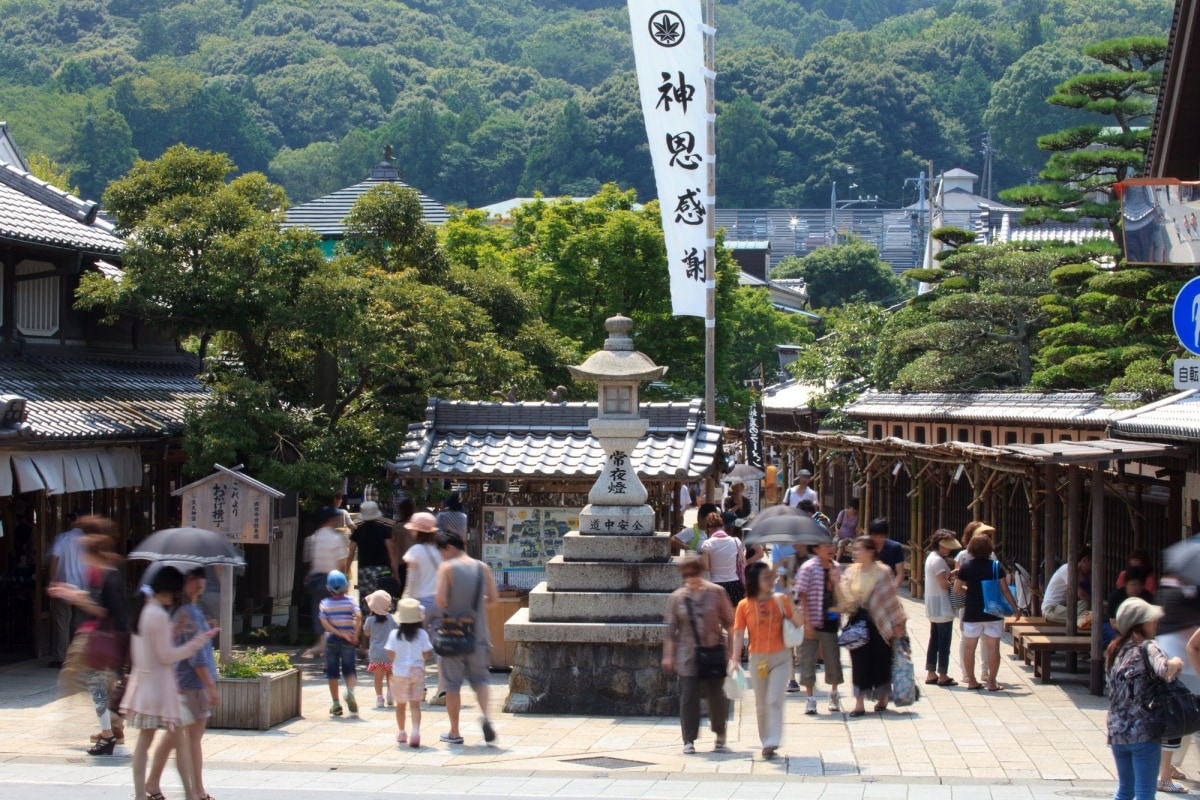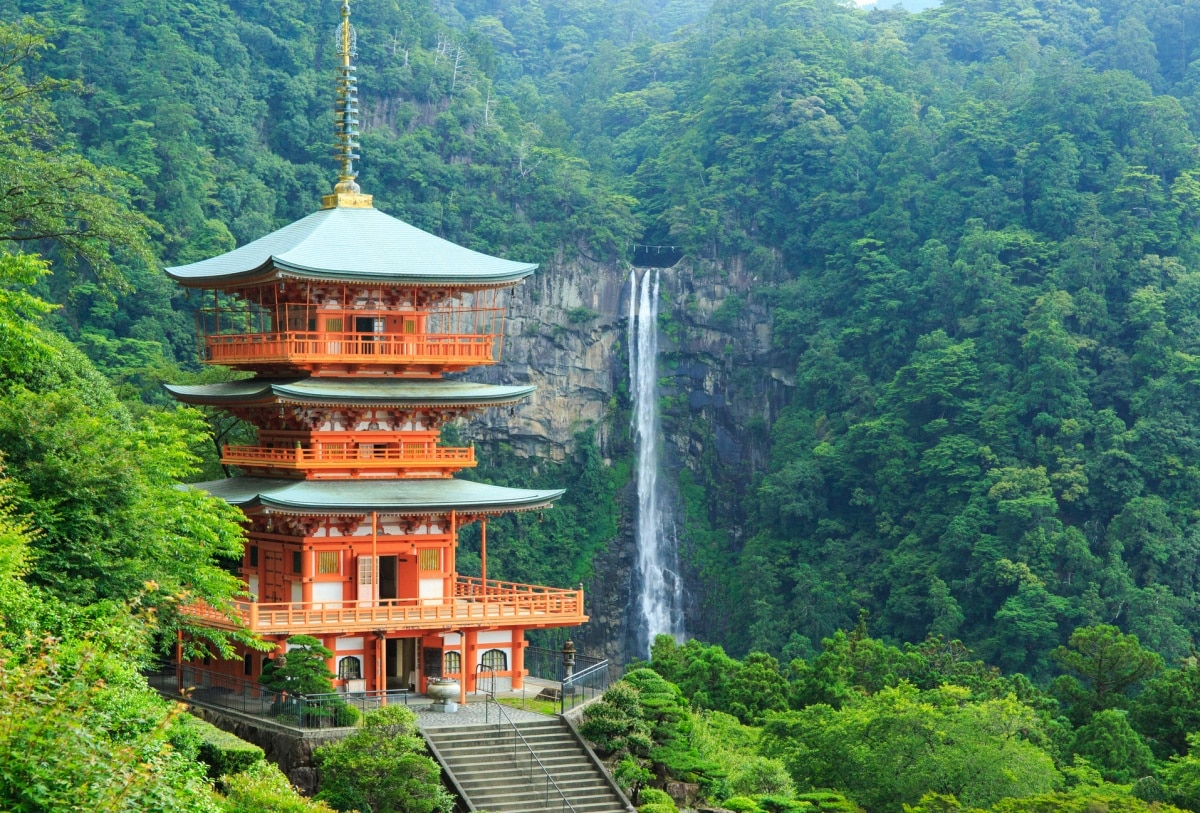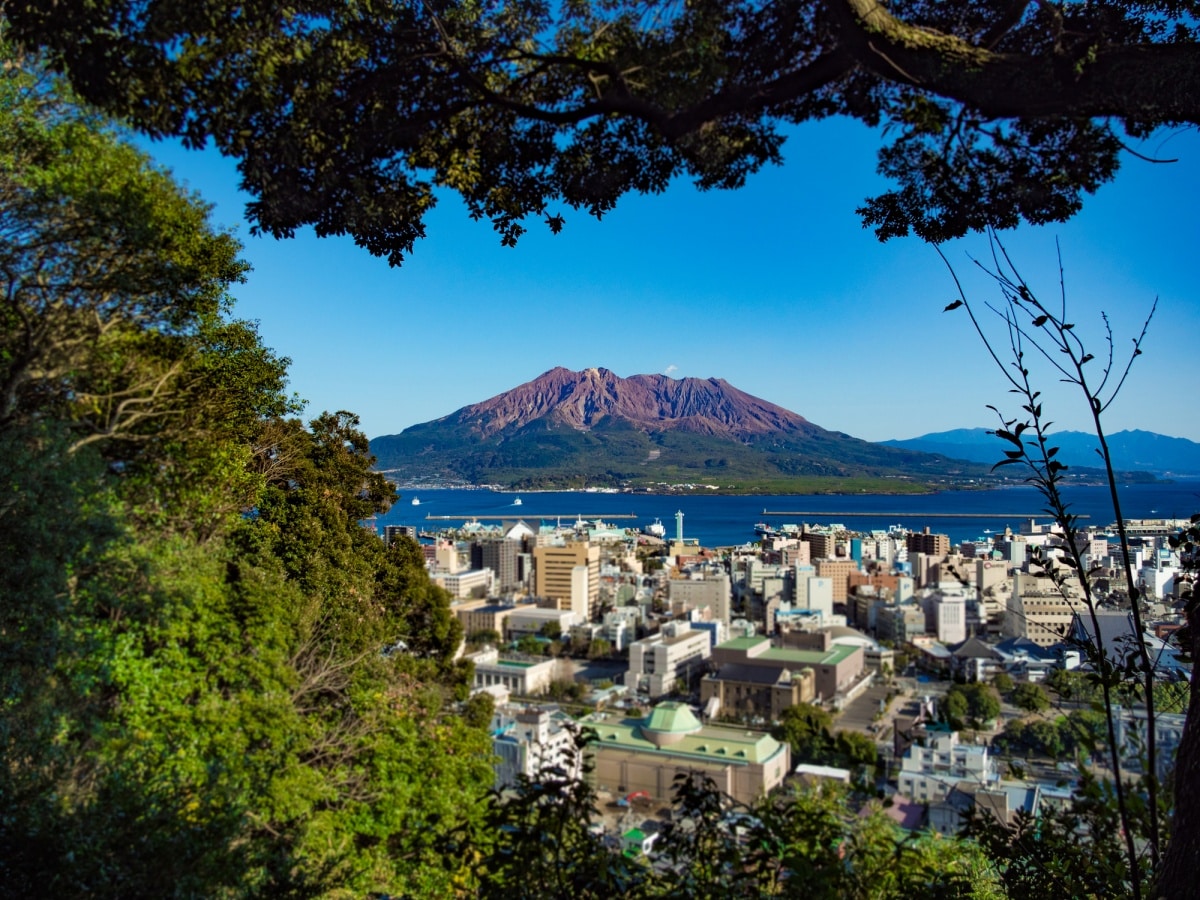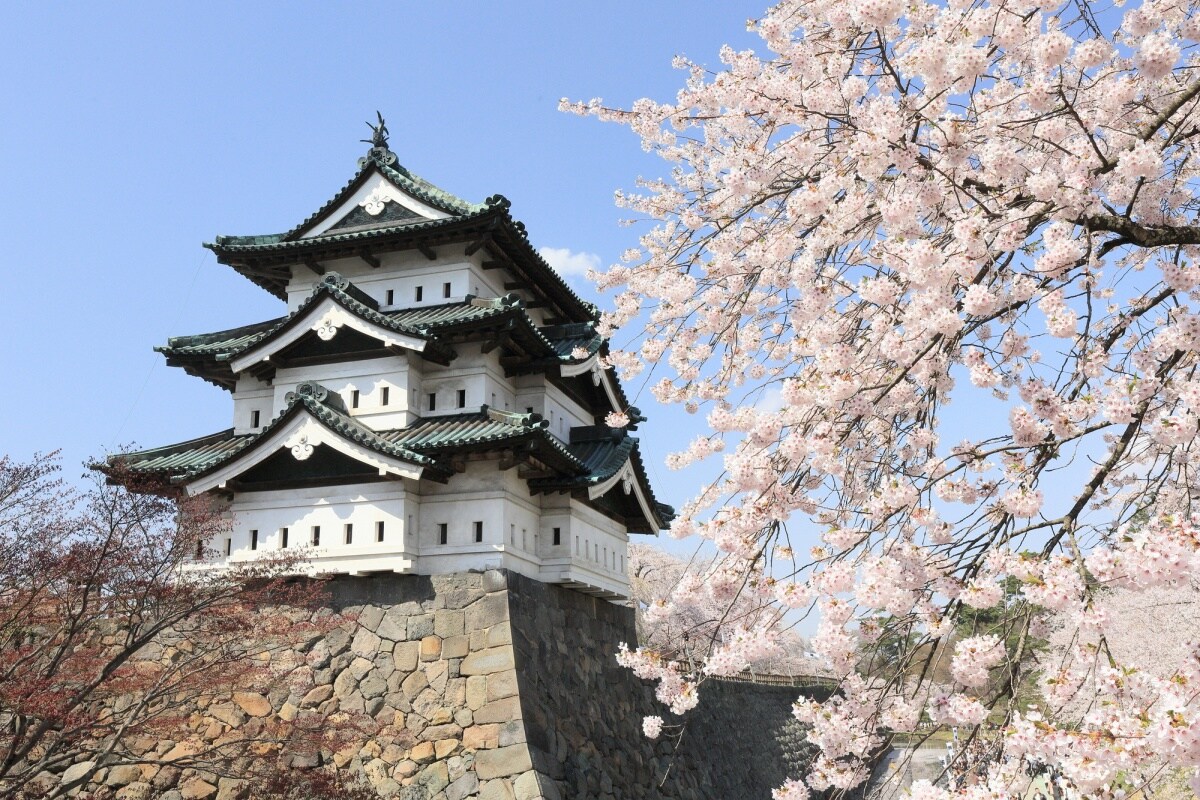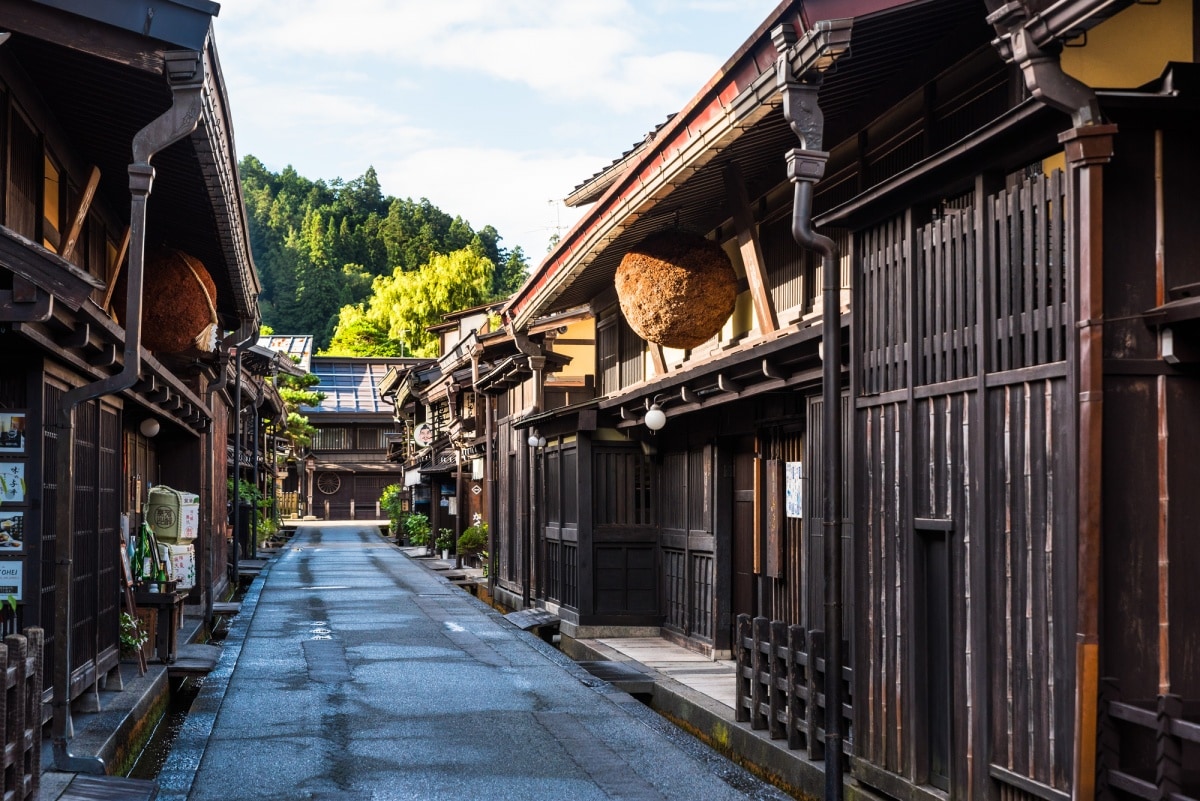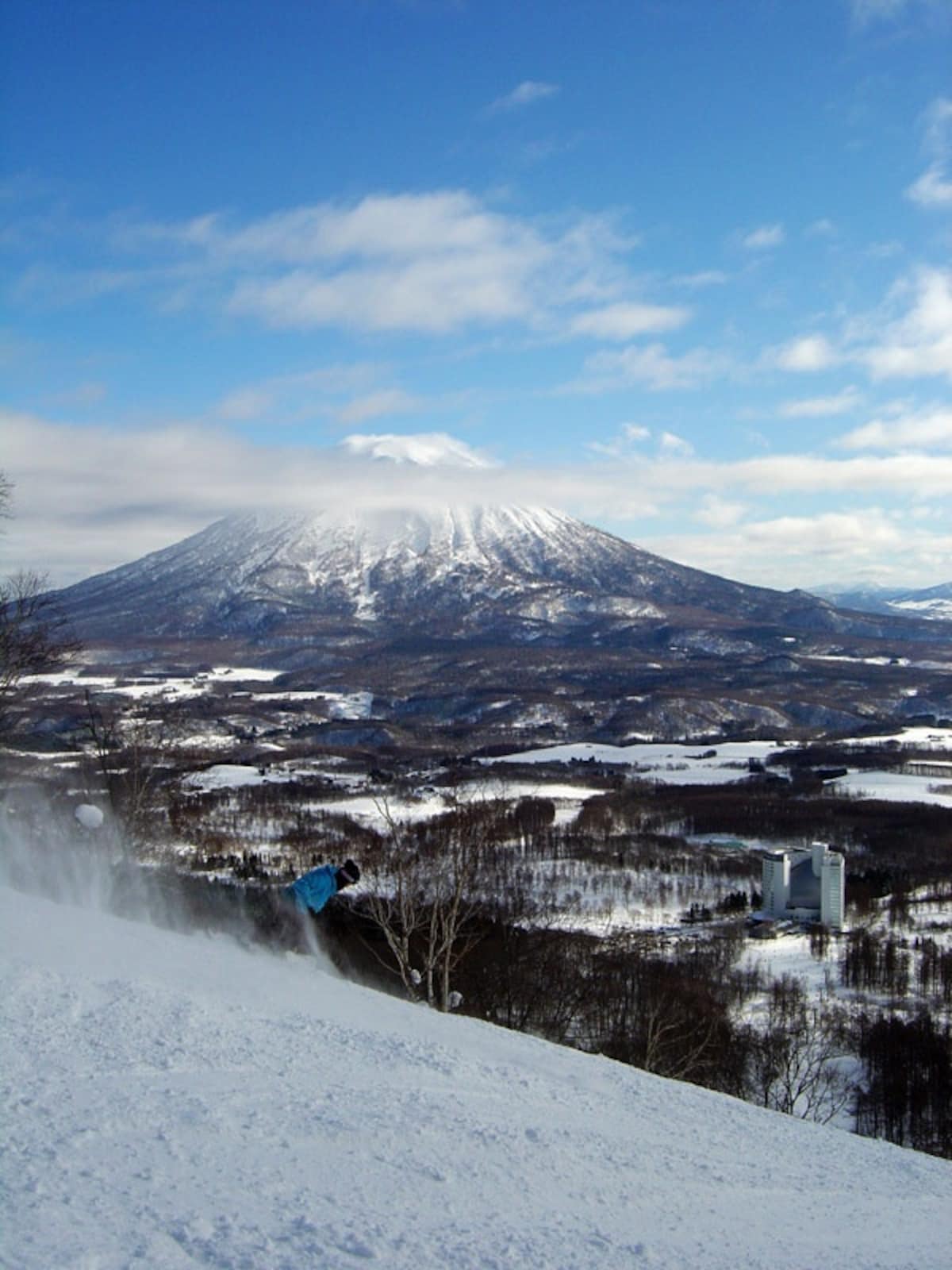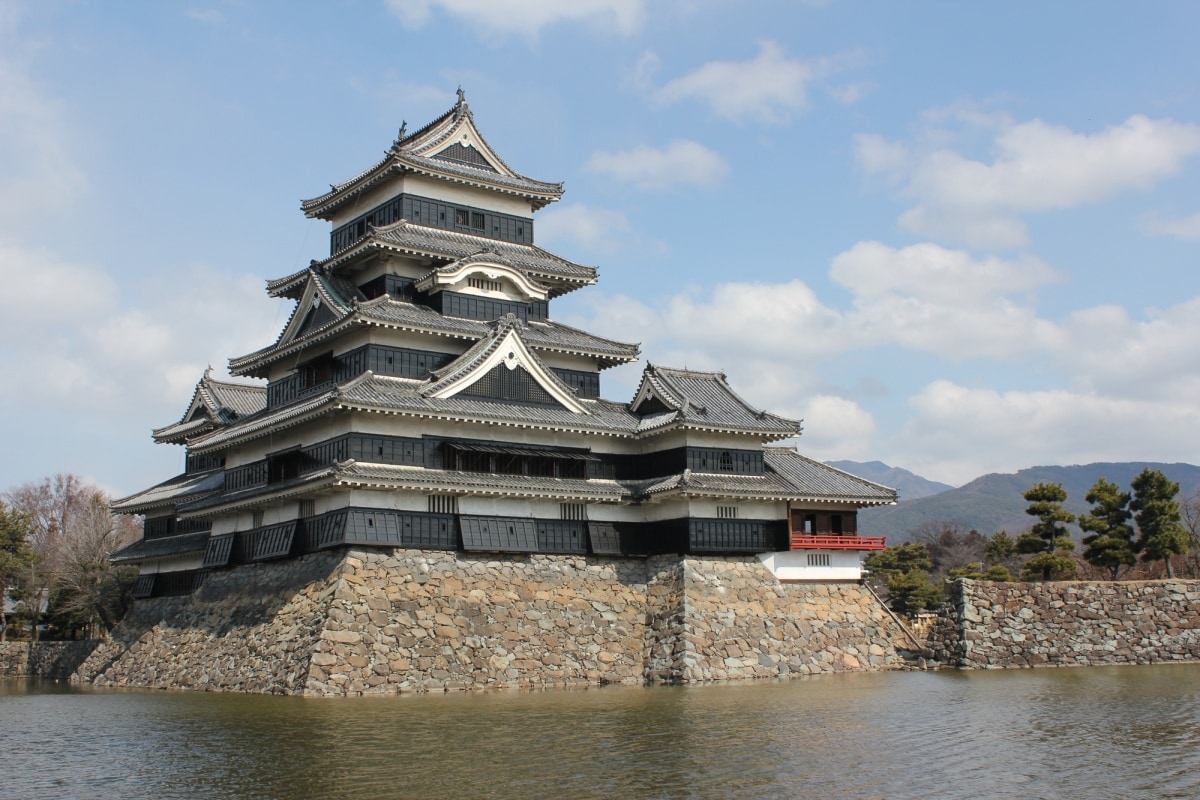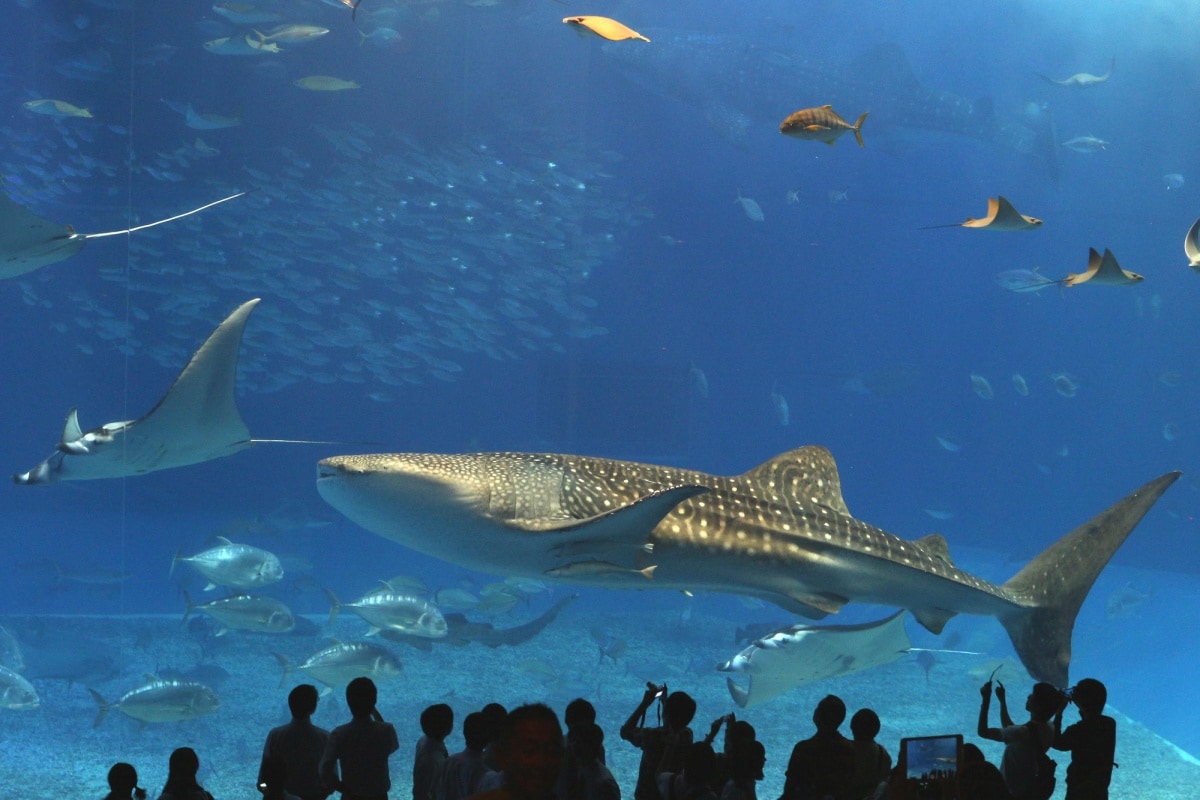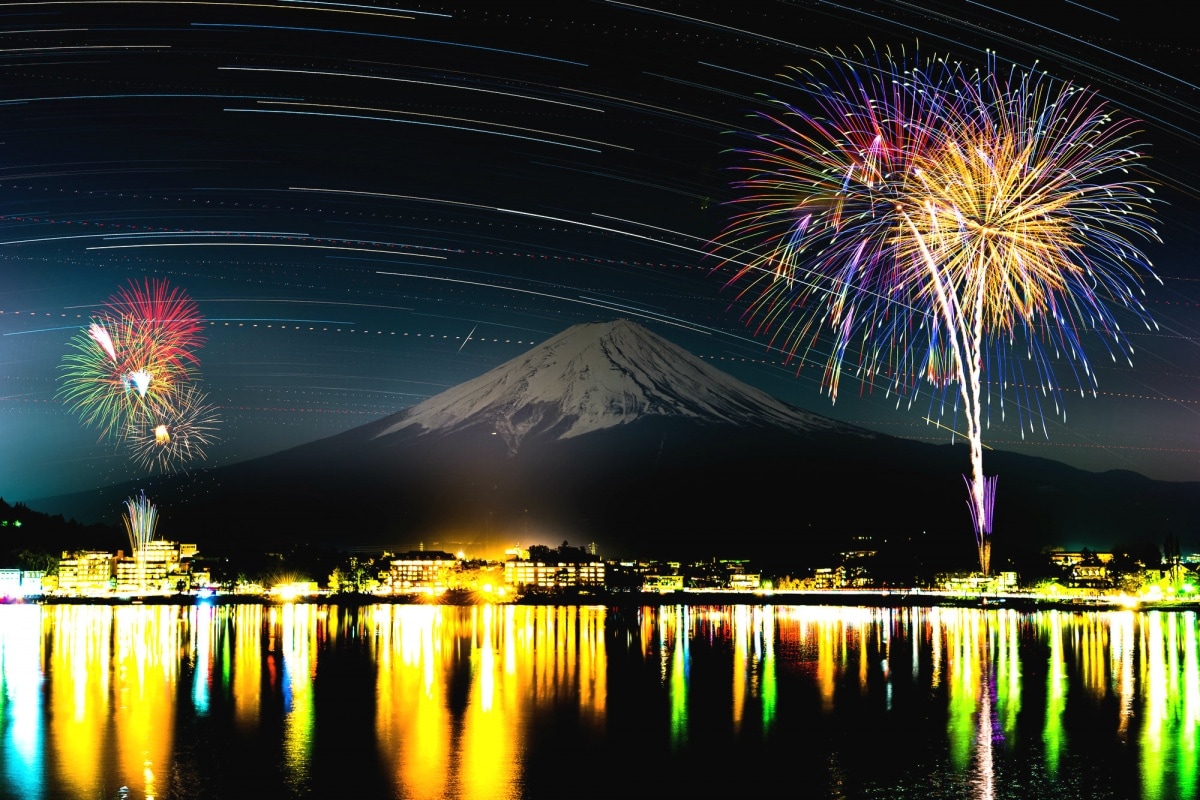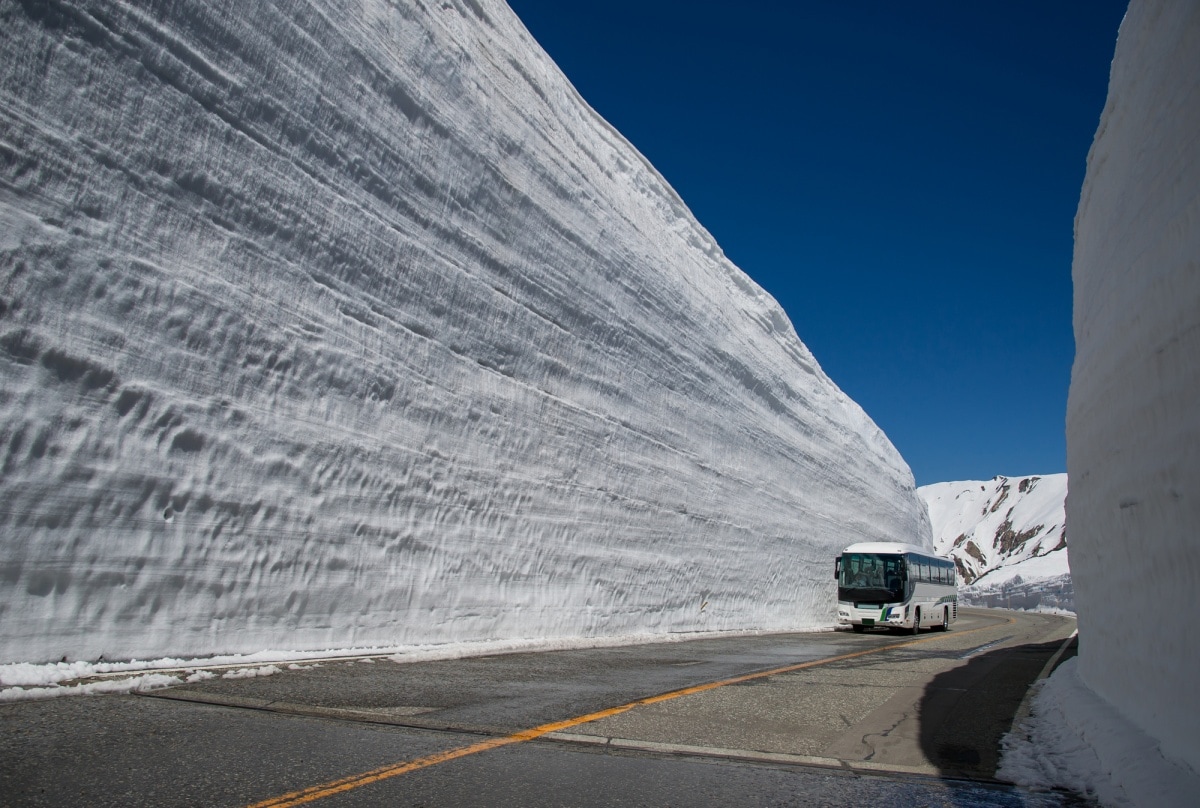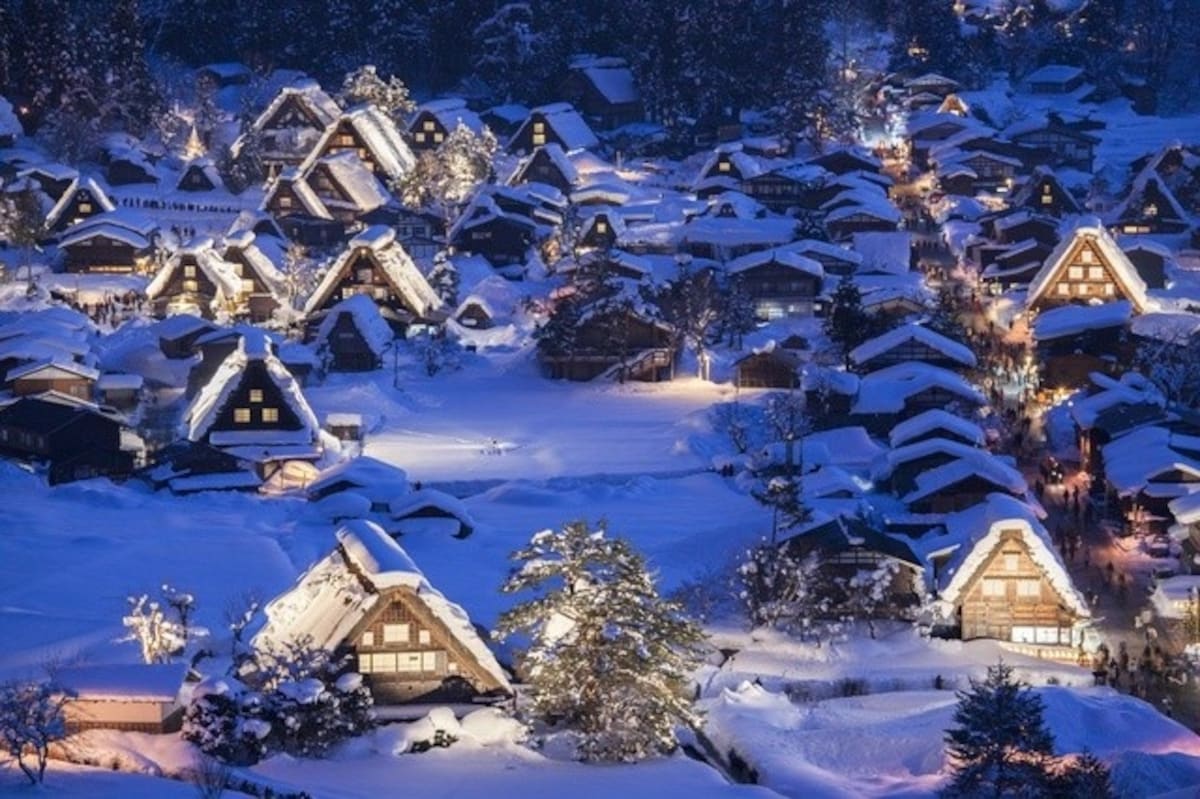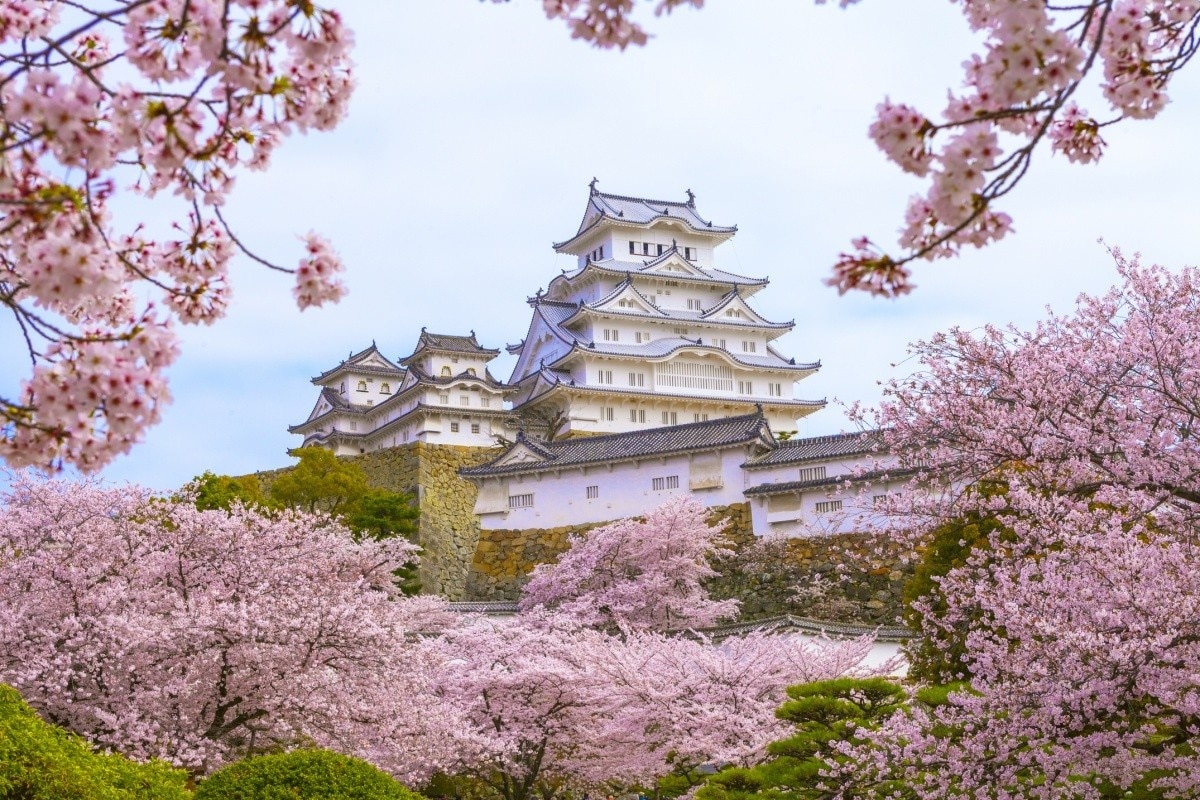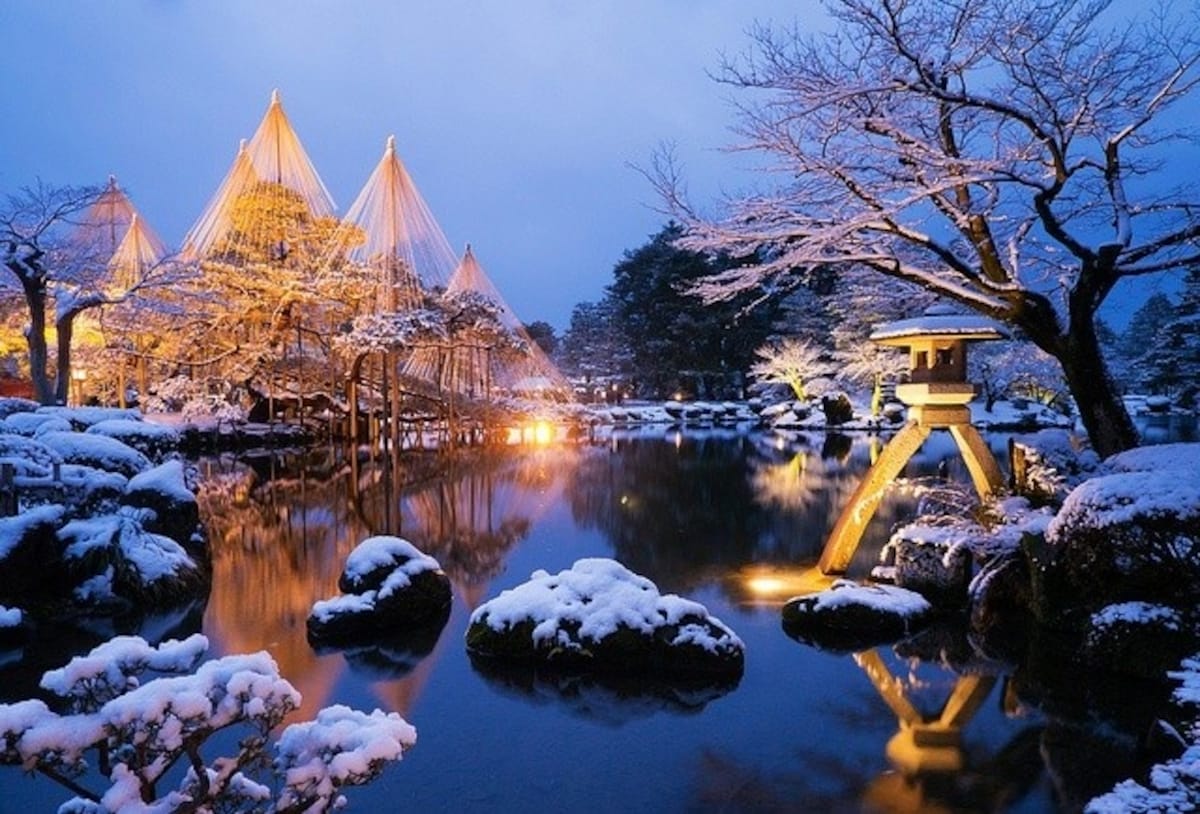21 Top Spots Outside Japan's 'Golden Route'
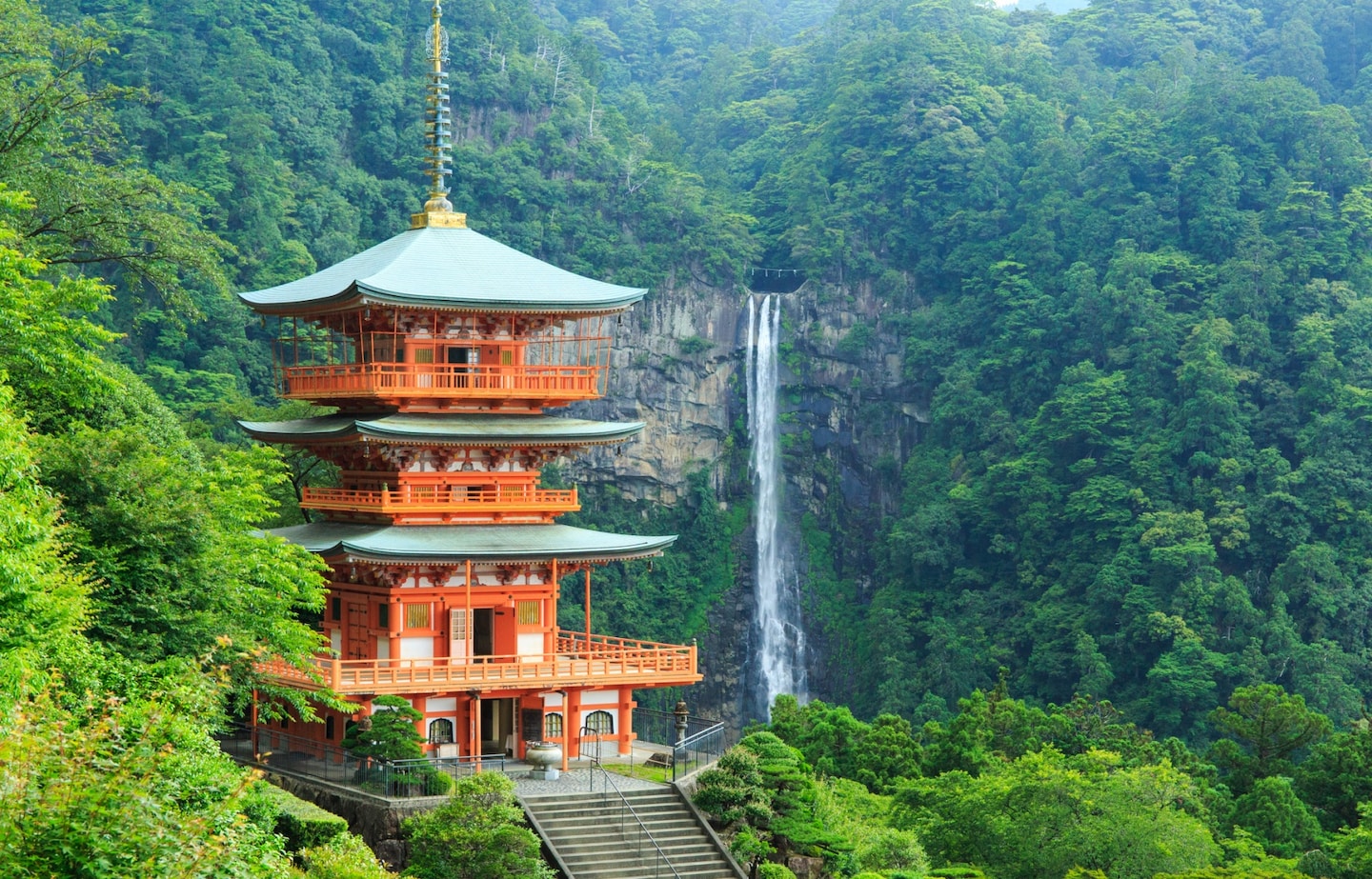
The so-called "Golden Route" connects Tokyo to Kyoto and Osaka, and it is here that the vast majority of tourists to Japan spend their time. But what do you do if you want to step off the Golden Route and see the best of the rest? We've compiled the nation's 21 best off-the-Golden-Route spots for your perusal!
By AAJ Editorial Team21. Takachiho (Miyazaki)
Occupying the mountains of the northwestern corner of Miyazaki Prefecture, Takachiho hosts sites connected to some of the oldest origin myths of Japan. After you've seen the various holy sites (including the cave where the sun goddess once hid herself away), catch a performance of yokagura, a ritual dance supposedly based on the dance that lured the sun goddess back out to return light to the world. You can also row a boat through beautiful Takachiho Gorge (高千穂峡・Takachiho-kyo) and head up to Kunimigaoka (国見ケ丘) for a panoramic view of Mount Aso (阿蘇山・Aso-san)—as well as a chance to catch a sea of clouds below you in the early morning. Transportation is tricky in this out-of-the-way spot, so it's in your best interest to take advantage of the local taxi tour package!
20. Historic Churches of Kumamoto & Nagasaki
You might not associate Japan with churches, but western Kyushu was the first place where Christianity took a foothold in Japan. Even after the religion was banned in the late 16th century, the islands west of Nagasaki and Kumamoto sustained hidden Christian communities ("Kakure Kirishitan") for centuries. When the ban was lifted in 1873, dozens of churches quickly sprung up across the region, many now in the running for World Heritage status. Built by the local faithful, these structures made use of local techniques and resources to create uniquely East-meets-West designs.
19. Hikone (Shiga)
The bullet train passes right through Hikone City on its way from Tokyo to Kyoto, but few tourists know to get off here. Hikone Castle (彦根城・Hikone-jo) celebrates its 410th anniversary in 2017, standing as one of the more eclectic and unexpectedly delightful of Japan's 12 original-construction castles. The hilltop keep overlooks Lake Biwa, and is particularly stunning when the neighboring Genkyu-en Garden (玄宮園) is illuminated at night in late November.
18. Dewa Sanzan (Yamagata)
The Three Mountains of Dewa (出羽三山・Dewa Sanzan)—Mount Haguro (羽黒山・Haguro-san), Mount Gassan (月山・Gassan) and Mount Yudono (湯殿山・Yudono-san)—are said to be the first known site of mountain worship in Japan, dating back some 1,400 years. Representing birth, Mount Haguro is known for its 2,446 stone steps, 1,000-year-old cedar and stately five-story pagoda (五重塔・goju-no-to). Gassan represents death, and is also known for having so much snow that its ski season only starts in April and runs into July. Mount Yudono represents rebirth, and it's said that this peak is so holy that what happens on the mountaintop temple cannot be spoken of, and no photos may be taken. Heavy snowfall means it's only possible to climb the steps to all three holy peaks between July and mid-September.
Go to nearby Churen-ji (注連寺) and Dainichibo (大日坊) temples to see macabre symbols of the Shugendo religion: two "Living Buddhas," believers who mummified themselves in life to prepare for an eternity after death. You can also stay in a temple and dine on all-vegetarian shojin ryori just like the ascetic Shugendo mountain priests, or yamabushi.
17. Matsuyama (Ehime)
Matsuyama Castle (松山城,・Matsuyama-jo) is also called Iyo Matsuyama Castle to distinguish it from another (similarly spectacular) castle of the same name in Okayama Prefecture. The bare wooden exterior of this original-construction castle gives the whole structure a very historic feel, and you can look down on the city of Matsuyama from its hilltop location. While in the area, another key sight to see in the city is Dogo Onsen, said to be the oldest hot spring in Japan, dating back some 3,000 years. It's believed to have been partly responsible for inspiring the bath house in Hayao Miyazaki's Oscar-winning animated film, Spirited Away.
16. Sanriku Coast (Aomori, Iwate & Miyagi)
The Sanriku Coast (三陸海岸・Sanriku Kaigan) is a dramatic Pacific-facing shoreline that stretches from southern Aomori and through Iwate to northern Miyagi. Unlike anything you'll see elsewhere in Japan, the grand views occupy about 280 kilometers (174 mi) of coastline, and along it you’ll find blowholes, popular beaches, sheer cliffs and picturesque rocks jutting offshore in the breakers. Highlights include the Kitayamazaki coast (北山崎, pictured) and Jodo-ga-hama Beach (浄土ヶ浜), both located in the northern half of Iwate.
15. Ise (Mie)
Ise Jingu (伊勢神宮), also known as Ise Grand Shrine, is Japan’s most sacred Shinto shrine, dedicated to the sun goddess Amaterasu. The shrine actually consists of two main shrines several kilometers apart, Geku and Naiku, as well as over 100 small shrines spread across the city of Ise in Mie Prefecture. Outside the Naiku you can find the traditional shopping districts of Oharai-machi and Okage-yokocho, while 10 kilometers (6.2 mi) to the northeast lie the so-called "Wedded Rocks" (夫婦岩・Meoto-iwa), two coastal rocks joined by a sacred Shinto rope near Futami Okitama Shrine. The surrounding Ise-Shima area is known as a major resort region, with a long history of pearl culturing and delicious seafood.
14. Seiganto-ji Temple (Wakayama)
The three-story pagoda of Seiganto-ji Temple (青岸渡寺) stands before Nachi Falls in Wakayama Prefecture. The temple is part of the Kumano Sanzan shrine complex, which is itself part of the "Sacred Sites and Pilgrimage Routes in the Kii Mountain Range," a vast array of temples, shrines and mountain paths recognized by UNESCO in 2004. While the striking vermilion pagoda only dates back to 1972, it's said that the temple itself was founded as early as the fourth century, and the Kumano region is prime territory for experience a night's stay at a temple lodging.
13. Matsue & Izumo (Shimane)
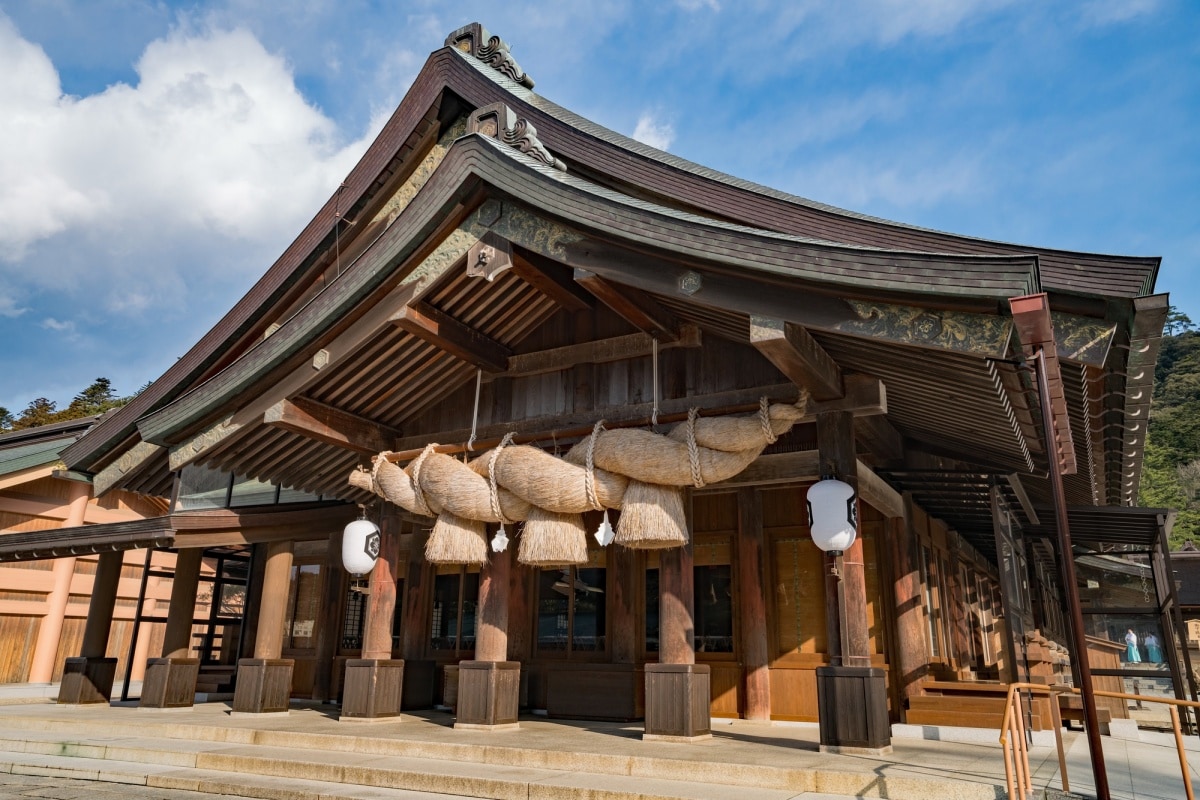
Matsue is a castle town in Shimane Prefecture. Located on the Sea of Japan, its out-of-the-way location keeps many tourists at bay, but Matsue Castle (松江城・Matsue-jo) is one of the most beautiful and extensive original-construction castles in the country, with numerous samurai houses quietly preserved in the surrounding streets. From Matsue, it's also just an hour's train ride to Izumo-Taisha Grand Shrine (出雲大社), one of the holiest and most ancient shrines in Japan (second only to Ise Jingu), where all the nation's 8 million gods are believed to gather once a year.
12. Kagoshima
Kagoshima is the southernmost prefecture on Japan's four main islands. A beautiful and volatile land of volcanoes and hot springs, volcanic Sakurajima rests just 4 kilometers (2.5 mi) from Kagoshima City across Kinko Bay. Enjoy delectable yogan-yaki—dishes cooked on hot plates made from actual Sakurajima lava—as well as local Berkshire pork, or kurobuta (黒豚). Then wash it all down with delicious shochu distilled from local sweet potatoes!
Head south to Ibusuki City to enjoy a hot sand bath heated by underwater hot spring water, or go north to visit Kirishima Grand Shrine, which traces its history back to the sixth century. Not to mention, Kagoshima is the gateway to the UNESCO-recognized island of Yakushima!
11. Hirosaki (Aomori)
Hirosaki is a lovely castle town in Aomori Prefecture. The castle here (弘前城・Hirosaki-jo) is home to the only original-construction castle keep east of Matsumoto—though this one is actually a repurposed watchtower that replaced the real keep after it burned down in 1627. More than 2,600 cherry trees line the castle's moats and fill its expansive grounds, giving it more of a feel of a garden than a fortress. Home to one of the Tohoku region's most famous cherry blossom festivals, spring is definitely the time to visit!
10. Takayama (Gifu)
Hidden in the Hida Mountain Range, Takayama is a beautifully preserved castle town where you can feel and touch the atmosphere of old Japan. The old town, called Sanmachi (三町), offers traditional streets and Edo-Period (1603-1868) architecture, while the Takayama Matsuri is considered one of Japan’s three most beautiful festivals. Be sure to splurge on some Hida beef, too! Consistently granted three stars in the Michelin Green Guide Japan, Takayama is also called Hida Takayama to distinguish it from the (many) other Takayamas in Japan.
9. Niseko (Hokkaido)
If you're going to ski or snowboard in Japan, it is guaranteed you will make at least one trip to Niseko. Niseko United (ニセコユナイテッド) consists of three resorts connected at the peak of Mount Niseko Annupuri. If the weather is favorable, you can spend your day blasting through endless powder with a stunning view of Mount Yotei (羊蹄山・Yotei-zan) right in front of you. And if you come in early February, be sure to try to make some time at the Sapporo Snow Festival before you head back home!
8. Matsumoto (Nagano)
Matsumoto Castle (松本城・Matsumoto-jo) is generally regarded as the second-best original castle keep in Japan. With its black walls set against the blue sky and surrounding mountains, it is absolutely breathtaking. The grounds are much smaller than those of the other castles on this list, but there's plenty to explore inside the three-part keep. It's roughly 3 to 3.5 hours from Tokyo to Matsumoto depending on whether you take the bullet train or local express trains, and Matsumoto can easily become part of a trip out to Kanazawa.
7. Okinawa
Made up of over 300 beautiful southern islands, Okinawa is Japan's most famous resort prefecture. On the main island, be sure to visit the top-ranked Churaumi Aquarium (美ら海水族館・Churaumi Suizokukan) and UNESCO-recognized Shuri Castle (首里城・Shuri-jo), a remnant of the former Ryukyu Kingdom that once dominated these islands. You can then island-hop to gorgeous beaches or head under the waves for some spectacular diving! And don't write the prefecture off in winter—it's a great time to see humpback whales!
6. Lake Kawaguchi (Yamanashi)
The north shore of Lake Kawaguchi (河口湖・Kawaguchi-ko) offers spectacular views of Mount Fuji hovering right above the mirror-like surface of the water. The second-largest of the Fuji Five Lakes, a hot spring resort town can be found on its eastern side, accessible by both bus and train from Tokyo. The lake is also close to Fuji-Q Highland, home to the best rollercoasters in Japan, and you can see fireworks displays above the lake in summer and winter. Chureito Pagoda (忠霊塔) is also only about 5 kilometers (3.1 mi) to the east, offering one of the most definitive views of Japan's iconic mountain.
5. Great Snow Wall (Toyama)
The Tateyama Kurobe Alpine Route winds across the snowy Hida Mountains between Toyama and Nagano prefectures. Located at 2,450 meters (8,038 ft) above sea level, the largest waypoint on the trail is Murodo Plain. Come spring, GPS-equipped, 30-ton snow cutters carve through the winter drifts so buses can ply the route, creating two towering walls on either side of the road, a phenomenon known as the Snow Wall, or Yuki-no-Otani (雪の大谷)—which can reach as high as 20 meters (66 ft)! A 500-meter (550-yd) course runs between the highest section of the walls, which can be strolled on foot or traversed by bus. The route typically opens in late April, with snow walls remaining until late June. Shomyo Falls (称名滝・Shomyo-daki), Japan's tallest waterfall (350m/1,148 ft), is just a short detour from the base of the route, and if you continue on you can see the stunning Kurobe Dam, the largest arch dam in Japan.
4. Shirakawa-go & Gokayama (Gifu & Toyama)
Known for traditional farmhouses topped with huge gassho-zukuri (合掌造り, "folding hands-style") thatched roofs, Shirakawa-go (白川郷) has grown into one of Japan's most iconic tourist spots. Gokayama (五箇山), located just across the border in Toyama Prefecture, has similar steep-roofed houses, and the isolated villages were collectively registered as a World Heritage site in 1995. The area is most easily accessed by bus from Kanazawa, and looks particularly spectacular when covered in snow.
3. Hiroshima
Hiroshima is home to two World Heritage sites: Itsukushima Shrine (厳島神社・Itsukushima Jinja) and the A-Bomb Dome at Hiroshima Peace Memorial Park. Itsukushima Shrine is located on the island of Miyajima, and the shrine's red torii gate seems to float on the water when the tide comes in, granting it a place among the Three Great Views of Japan (日本三景・Nihon Sankei). While a reconstruction, Hiroshima Castle is also worth a look, and be sure to try some Hiroshima-yaki, the delectable local variant of okonomiyaki savory pancakes. If you'd like to spend more time in the area, Onomichi is about 35 minutes back east on the bullet train, offering lovely hillside views of the Seto Inland Sea, and you can rent bicycles to ride across to some of the islands.
2. Himeji (Hyogo)
Himeji Castle (姫路城・Himeji-jo) is the single best-preserved original-construction castle in Japan. It gained fame overseas as the site of Tiger Tanaka's ninja training school in You Only Live Twice, and was among the first four Japanese sites granted World Heritage status by UNESCO in 1993. Aside from the stunning keep, the site includes an arresting array of gates, turrets and passages that will keep you occupied for half a day or more. Himeji is just 40 minutes by bullet train from Shin-Osaka Station, making it an easy addition to any Golden Route tour.
1. Kanazawa (Ishikawa)
A single bridge connects Kanazawa's two greatest sights: Kanazawa Castle (金沢城・Kanazawa-jo) and Kenrokuen Garden (兼六園). Counted as one of the Three Great Gardens of Japan, Kenrokuen is beautiful year-round, with a glimpse of the grounds covered in snow a particularly prized treat. The city is also full of traditional machiya houses, with the best collections to be found in the Higashi Chaya-machi district not far from the castle and the Naga-machi area located behind the castle beyond Oyama Shrine.
Principal city of the wealthiest fiefdom during the Edo Period (1603-1868), the city is also famous for its gold leaf. Be sure to buy some gold leaf cosmetics and taste a gold leaf ice cream cone! If you come on the night before the first Saturday in June, you can also catch the Kaga Yuzen Toro Nagashi, when paper lanterns are floated down the Asanogawa River before the Hyakumangoku Festival.


